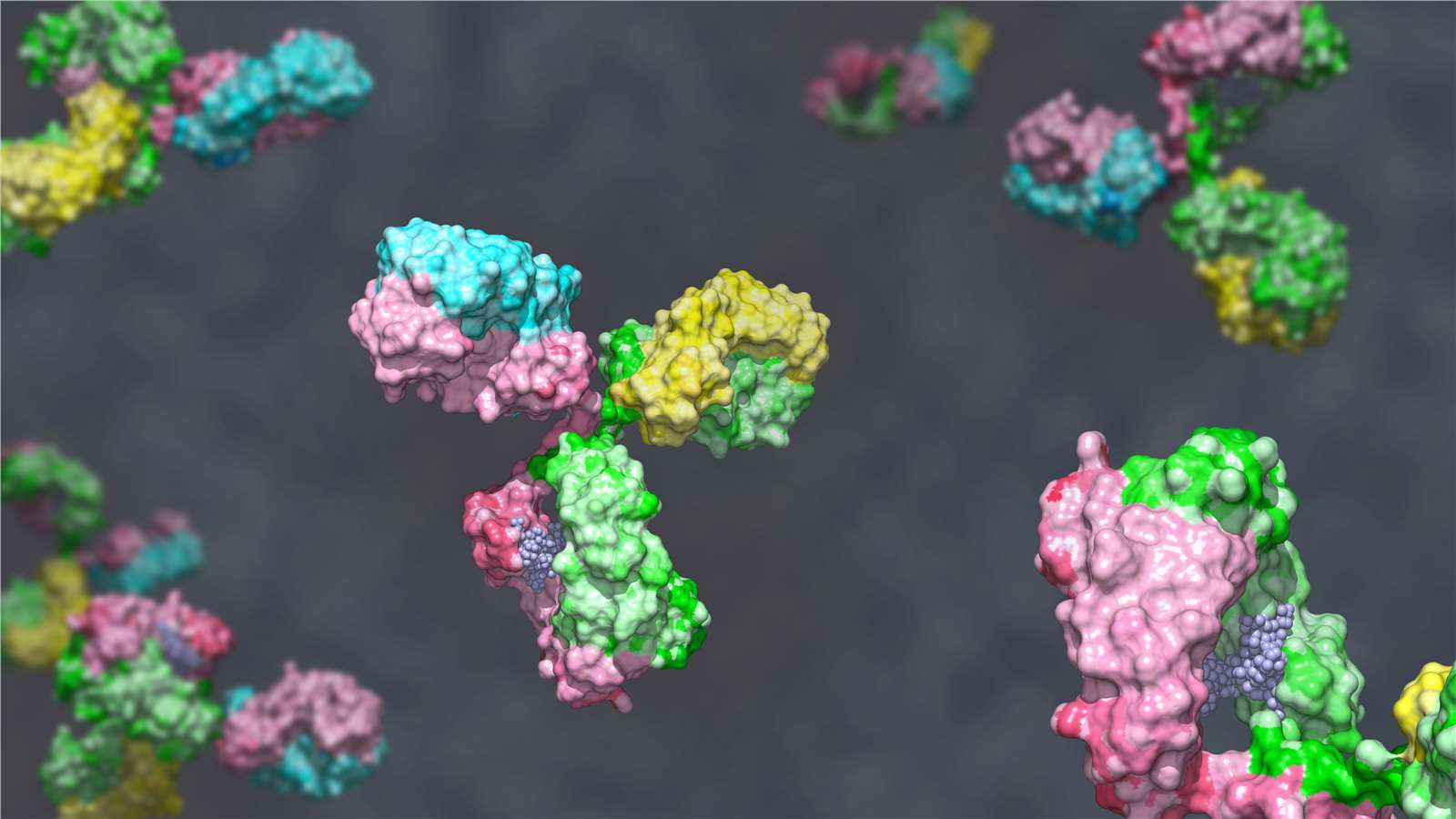Due to the continuous development of phage display technology and the increasing importance of peptides, various studies on peptides are becoming more and more popular. Currently, the screening methods and processes for peptides are becoming more and more sophisticated. In addition, scientists have established different research methods to deal with peptide screening for different purposes, such as solid phase library screening, protease substrate screening, solution sorting library screening, liquid phase screening method, and cell-based library screening. Phage display peptide libraries that display random 5–20 mer peptides have been widely used to determine protease substrate (sequence) specificity for a large number of enzymes and semi-purified cell extracts. This technique has been playing a critical role in designing inhibitors and activators of proteases. Based on our rich field experience and advanced research platform, Creative Biolabs provides comprehensive services to support phage display and protease substrate screening.
 Fig 1. Antibodies
Fig 1. Antibodies
Common types of peptide libraries are overlapping peptide libraries, truncation peptide libraries, alanine peptide scanning libraries, random peptide libraries, scrambled peptide libraries, and positional scanning peptide libraries. The overlapping peptide library is mainly used for whole protein scanning. After the protein is designed from the N-terminal end and gradually intercepted to the C-terminal end, it is very likely that an orphan peptide will be left at the end, and we suggest that one or a few amino acids should be transferred from the N-terminal end in order to maintain a consistent length. The truncation peptide library is used to determine the minimum range of epitopes. The truncation peptide library is generally created by systematically removing amino acids from both sides of the original peptide sequence. The head peptide library is used to identify the minimum amino acid sequence associated with the activity. The alanine peptide scanning library is used to characterize the effect of peptide sites on biological activity. Alanine is systematically and sequentially substituted for each amino acid in the peptide sequence. The alanine peptide scanning library is used to identify the effect of a particular amino acid on overall protein structure, function, and other biological activities. The random peptide library is designed to replace selected amino acid residues with 20 natural amino acids simultaneously and randomly by the shotgun approach. The replacement peptides in this type of library have the potential to enhance peptide activity. The scrambled peptide library is designed based on the internal substitution of the amino acid sequence of the original peptide. It is the most mutated peptide library, and scrambled peptides are often used as negative controls to confirm that a particular sequence is critical for protein function or activity. It is also a randomized screening tool used to discover new targets. A positional scanning peptide library is used for sequence modification to enhance peptide activity. Peptide libraries, in which a selected region or site of a peptide is systematically replaced with other amino acids, help researchers identify specific regions that have a particular effect or activity at a particular location.
In contrast to phage display peptide libraries used in other fields, phage display peptide libraries used to identify preferred substrate sequences for proteases typically express a fusion tag at the N-terminus of the peptide sequence. In contrast, as with conventional phage display peptide libraries, the secondary capsid viral protein pIII is located at the C-terminal end of the peptide sequence. The N-terminal fusion tag is designed to bind phage particles to a solid vector.
In addition, peptides can be screened more efficiently by in silico technology. Based on sequence analysis and 3D spatial structure measurement, we can obtain information on protein molecular weight, isoelectric point, extinction coefficient, disulfide bond, free sulfhydryl group, glycosylation, etc., and further predict the potential risk of post-translational modification, molecular integrity, aggregation, hydrophobicity, and other attributes. 3D visualization can deepen the understanding of functional sites and mechanisms of action and combine with the platform experience for risk identification and countermeasure strategy assessment, in addition to the comprehensive scientific understanding of the structure and molecular background, which can provide a powerful reference for upstream and downstream processes, analytical methods, and formulation development.
Creative Biolabs has a wealth of knowledge and experience in phage display library screening. We would be happy to share with you our knowledge and experience in phage display library construction and screening, antibody biopanning, and protease substrate screening.
All listed services and products are For Research Use Only. Do Not use in any diagnostic or therapeutic applications.